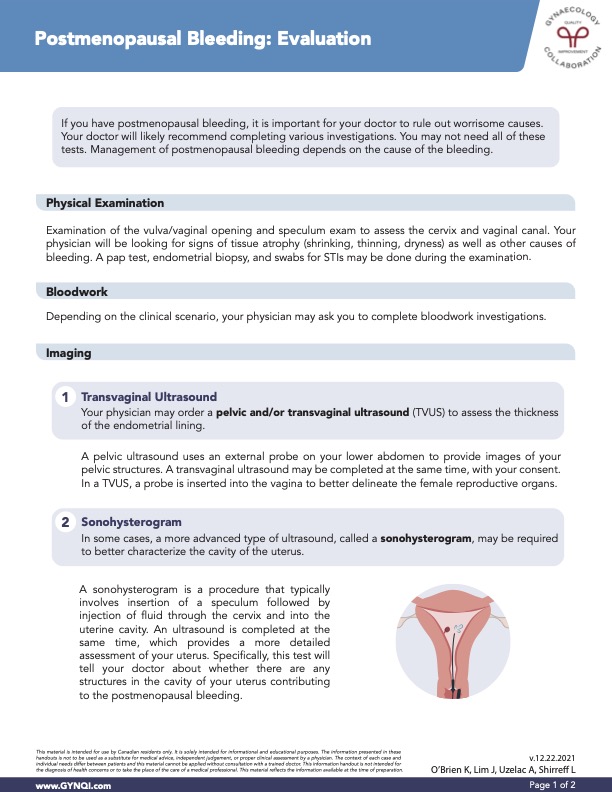

Table of Contents
- Summary
- Understanding Postmenopausal Bleeding
- Types of Evaluations
- Physical Examination
- Blood Word
- Imaging
- Office Investigations and Procedures
- Pap Test
- Endometrial Biopsy
- Procedures Usually Conducted in the Operating Room
- Hysteroscopy
- Dilation and Curettage
- Eliminating Uncertainty in Medical Assessments
Summary:
- Postmenopausal bleeding may indicate underlying health issues that require thorough evaluation by a healthcare provider.
- Initial assessments often include a physical examination, blood tests, and imaging studies, such as transvaginal ultrasounds.
- Office procedures like Pap tests and endometrial biopsies provide critical information for diagnosis and management.
- More complex interventions, such as Dilation and Curettage (D&C) or hysteroscopy, may be necessary for a detailed assessment of the uterine cavity.
Postmenopausal bleeding can signal underlying health issues that require thorough evaluation. Your doctor will typically conduct a physical examination and may order blood tests and imaging studies, such as transvaginal ultrasounds. Office procedures like Pap tests and endometrial biopsies are essential for gathering information, while more complex interventions, such as Dilation and Curettage (D&C) or a hysteroscopy, may be needed for detailed assessment.
Understanding these investigations empowers you to engage in your health care and ensure effective management of postmenopausal bleeding.
Understanding Postmenopausal Bleeding
If you experience postmenopausal bleeding, it’s crucial for your doctor to identify any potential underlying issues. They will likely suggest a series of investigations, although you may not require all of them. The approach to managing postmenopausal bleeding will depend on the identified cause.
Types of Evaluations
Understanding the various types of evaluations is crucial for diagnosing the causes of postmenopausal bleeding and developing an appropriate treatment plan.
Physical Examination
Your physician will conduct an examination of the vulva and vaginal opening, along with a speculum exam to evaluate the cervix and vaginal canal. They will be on the lookout for signs of tissue atrophy, such as shrinking, thinning, or dryness, as well as other potential causes of bleeding.
During this examination, a Pap test, endometrial biopsy, and swabs for sexually transmitted infections (STIs) may also be performed.
Blood Work
Depending on the clinical scenario, your physician may ask you to complete blood work investigations.
Imaging
Imaging plays a crucial role in diagnosing the causes of postmenopausal bleeding, allowing healthcare providers to visualize the reproductive organs and identify any abnormalities or underlying conditions.
Transvaginal Ultrasound: Your physician may order a pelvic and/or transvaginal ultrasound (TVUS) to assess the thickness of the endometrial lining.
- A pelvic ultrasound uses an external probe on your lower abdomen to provide images of your pelvic structures.
- A transvaginal ultrasound may be completed at the same time, with your consent. In a TVUS, a probe is inserted into the vagina to get a clearer image of the reproductive organs.
Sonohysterogram: In some cases, a more advanced type of ultrasound, called a sonohysterogram, may be required to better characterize the cavity of the uterus.
A sonohysterogram is a procedure that involves inserting a speculum and injecting fluid through the cervix into the uterine cavity. Simultaneously, an ultrasound is performed to provide a detailed assessment of your uterus. This test helps your doctor determine if any structures within the uterine cavity are contributing to the postmenopausal bleeding.
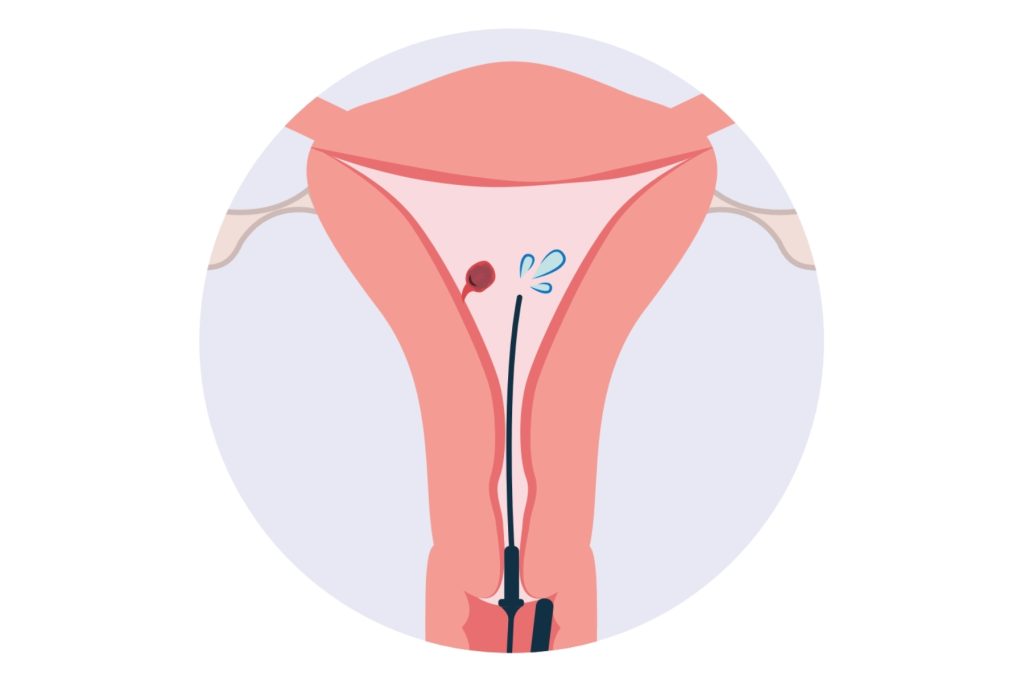
Office Investigations and Procedures
Office investigations and procedures play a vital role in the timely diagnosis and management of various medical conditions. Conducted in a clinical setting, these procedures allow healthcare providers to efficiently evaluate symptoms and obtain critical information about a patient’s health.
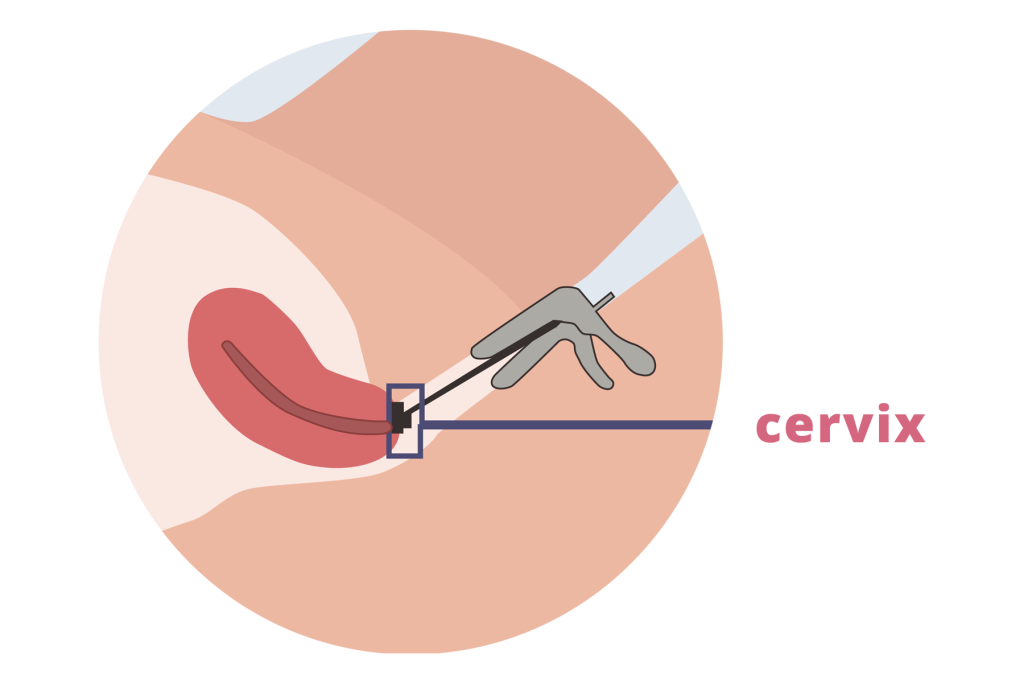
Pap Test
A Pap test is an office procedure that involves a speculum examination. Your doctor will use a small brush to gently sample cells from the cervix so they can be checked for any precancer or cancer changes.
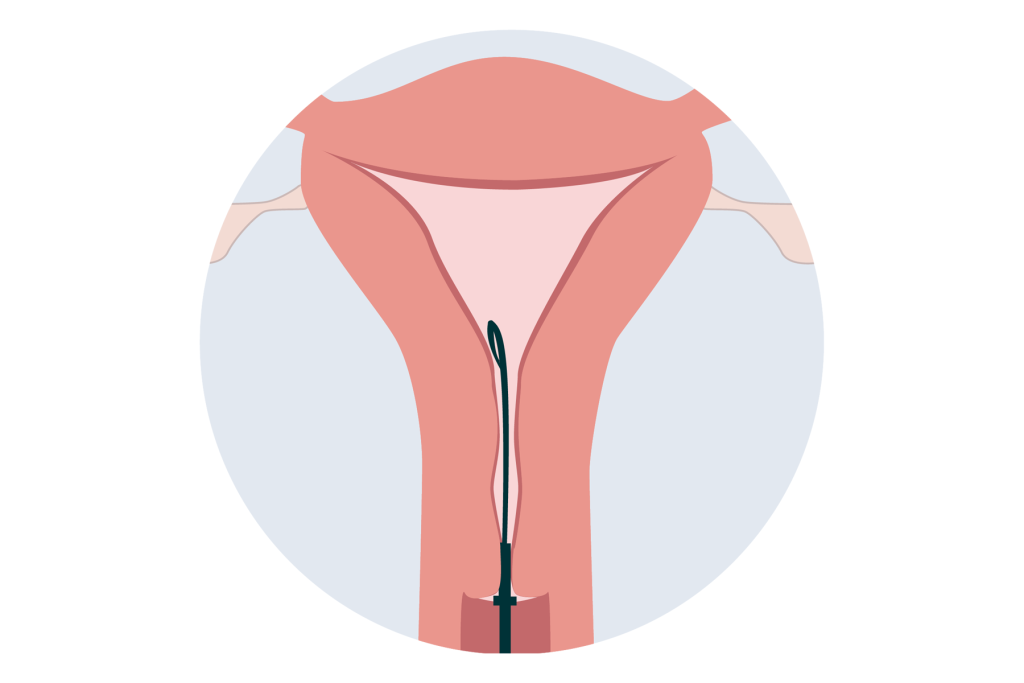
Endometrial Biopsy
A short office procedure during which a speculum is inserted into the vagina and a small pipelle is placed through the opening of the cervix, and into the uterus to take a sample of the lining of the uterus.
Some people find this procedure uncomfortable and cannot tolerate having it done in the office. Your doctor may recommend a short procedure in the operating room under anesthesia instead.
Procedures Usually Completed in the Operating Room
In postmenopausal patients, the cervix may be significantly narrowed (stenotic), which can make it challenging to collect cell samples from the uterine lining during an endometrial biopsy.
To facilitate this process, your doctor may recommend a brief procedure in the operating room while you are under anesthesia. These procedures are known as Dilation and Curettage (D&C) and/or Hysteroscopy.
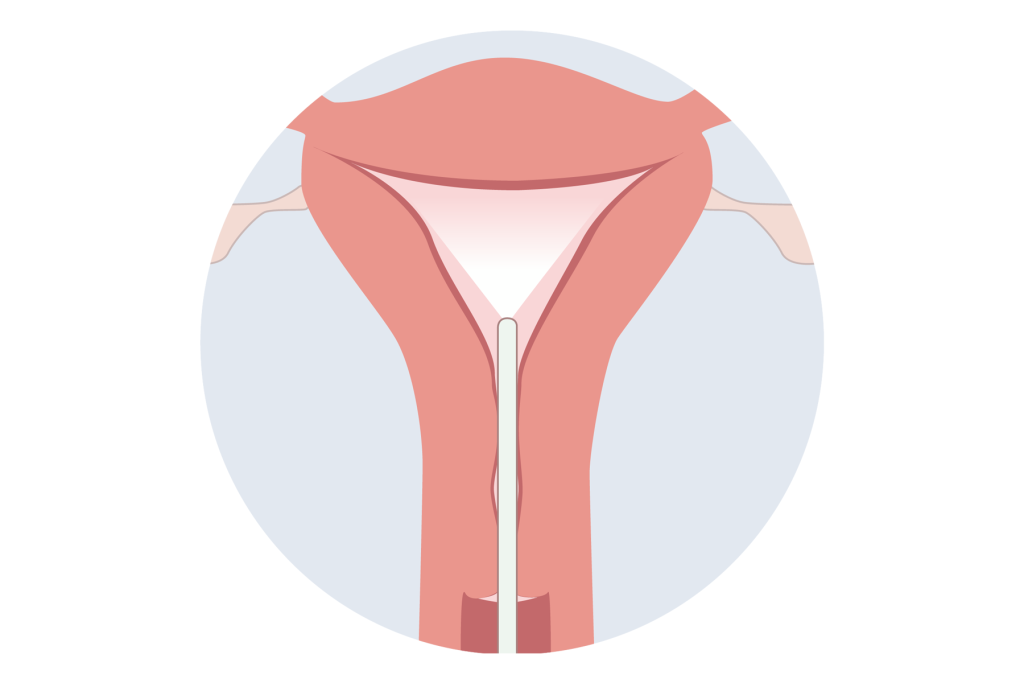
Hysteroscopy
Hysteroscopy involves inserting a small camera through the vagina and cervix into the uterus, using fluid to expand the uterine cavity. This allows your doctor to directly visualize the inside of the uterus and potentially collect tissue samples under direct observation.
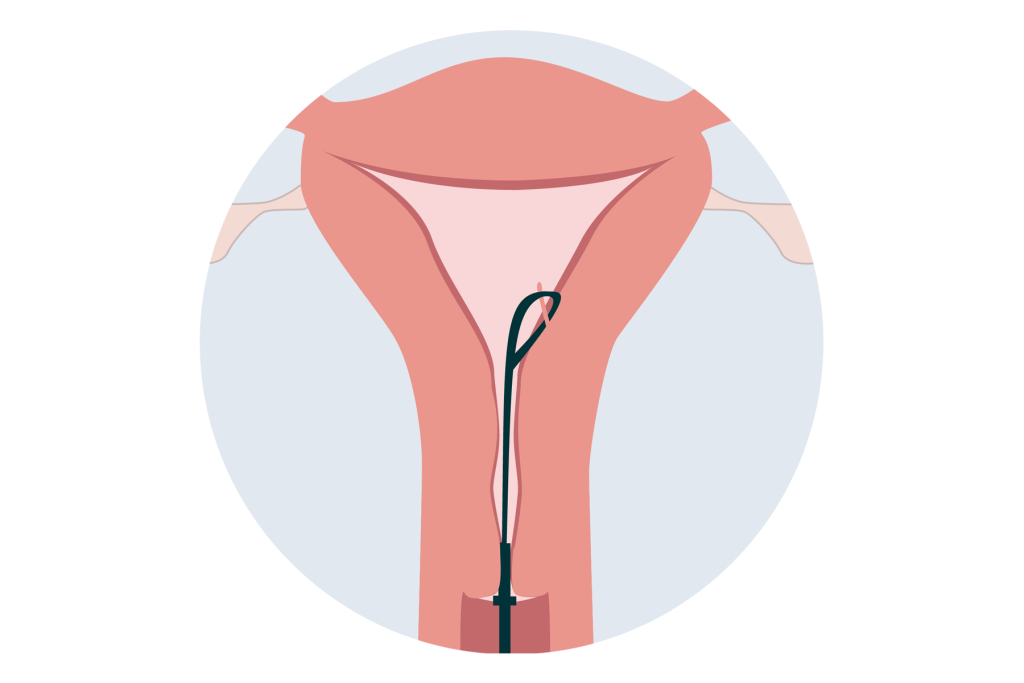
Dilation and Curettage
A Dilation and Curettage (D&C) offers a more detailed assessment of the uterine cavity than an endometrial biopsy. Performed under anesthesia in the operating room, this procedure uses a curette to collect tissue samples from all walls of the uterus. A D&C may be done alone or alongside a hysteroscopy.
Eliminating Uncertainty in Medical Assessments
Understanding the investigations and procedures related to postmenopausal bleeding is essential for effective diagnosis and management, empowering you to take an active role in your health care. By collaborating with your healthcare provider and addressing any concerns, you can ensure a comprehensive approach to your well-being.



